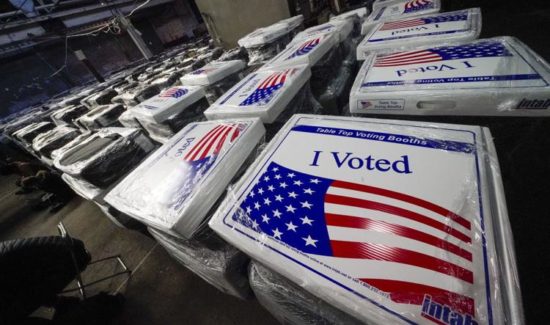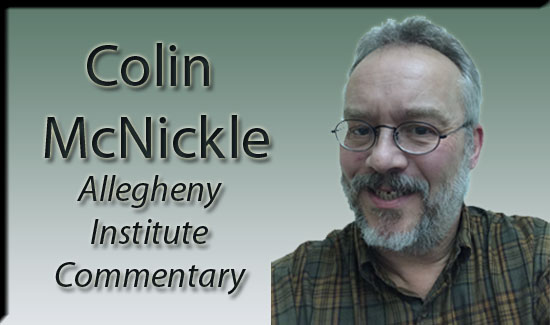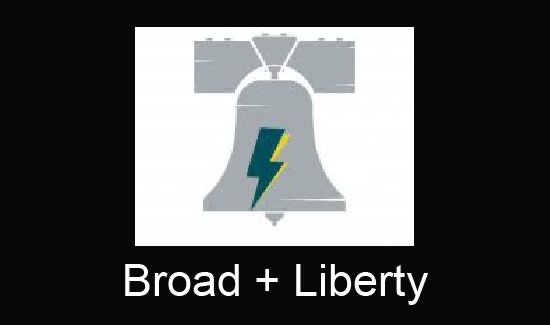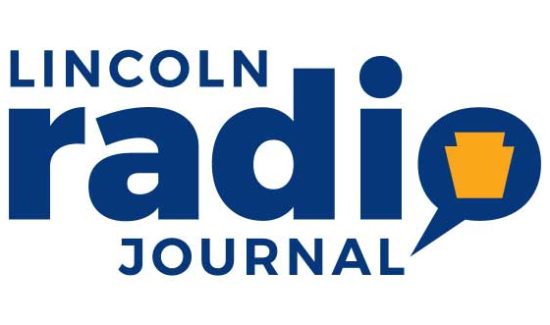PA’s Higher Education System Woes
(November 6, 2014)–When the Pennsylvania’s State System of Higher Education’s (PASSHE) board of governors met in early October, the hottest topic was state funding, or more specifically, how it has been declining over the years and how they intend to request a sizeable increase from Harrisburg for the upcoming year.
While state funding has been weaker since 2010 and state system universities have been raising tuition and fees from students to balance their budgets, not much attention has been given to the expenditure side of the ledger. Also, there was not much discussion of the system’s enrollment drop. As the new school year began, it was revealed that the combined enrollment for the fourteen schools comprising PASSHE[1] was down for the fourth consecutive year. These are clearly important issues facing PASSHE; they will be examined in detail in this Policy Brief. Using PASSHE’s single audit (combined all school information) reports, we can look closely at the financial and enrollment problems.
For the 2008 academic year, PASSHE realized $637.9 million in net tuition and fees (net of scholarships, financial aid, and waivers). In the most recent academic year available, 2013, that amount had grown to $809.3 million—an increase of 27 percent. In fact, the annual increases were steady, ranging from a low of just under one percent in that last academic year to 8.7 percent from 2010 to 2011.
Meanwhile, state appropriations, after rising 4.7 percent to $532.8 million in 2009, stood at 427.1 for the 2013 academic year. Thus, state appropriations slipped a net 20 percent from 2009 to 2013. The largest decline occurred from 2010 to 2011 when the appropriation fell 16 percent from $504.7 million to $422.5 million during the state budget crisis. Not coincidentally the sharp increase in tuition revenue from 2010 to 2011 mentioned above was most likely necessarily done to offset this reduction in the state appropriation. All told, tuition and fees climbed $171.4 million during the 2008 to 2013 period while the state appropriation fell by $81.8 million.
Investment income also struggled over this period. In the 2008 school year PASSHE realized $35.4 million in investment income, however, by the 2013 school year it had fallen to $26.2 million—a 25 percent drop. The low point came in 2010 when investment income was only $24 million for the system. Of course no one needs to be reminded that the great recession stunned many financial portfolios and revenue streams—including PASSHE’s as well as the Commonwealth’s—and the subsequent sluggish recovery hasn’t brought revenue back to pre-recession levels. In fact these two categories, investment income and state appropriations, are the only two revenue sources to have decreased over the six year period. Other line items such as auxiliary enterprises (up 18 percent or $51.4 million) and gifts, grants, and contracts also increased (19 percent or $53 million) over that span.
That being said, total revenues for PASSHE went from $1.772 billion for the 2008 academic year to $1.975 billion in 2013—a total increase of $203 million or 11 percent.
On the expenditure side, the two largest categories are instruction and institutional support. With the exception of a small two percent decrease between the 2010 and 2011 academic years, the spending on instruction has risen steadily over these six years. Instructional expenditures stood at $631.3 million in 2008 and came in at $721 million in 2013—an increase of $90 million or 14 percent. Meanwhile, the expenditures for institutional support experienced no annual drop off during the period but instead moved steadily higher. In 2008 the amount of institutional support expenditures was $240.3 million before rising to $264 million in 2013—an increase of nearly ten percent.
Of all the operating expenditure categories, only research and public service experienced a decline over the period and each of these were relatively small amounts ($2 million and $3.5 million respectively). Other operating line items such as student services, plant maintenance, and auxiliary enterprises all had increases. In all, total operating expenditures increased 12.5 percent rising $222 million from $1.754 billion in 2008 to $1.976 billion in 2013. Adding expenses such as interest on debt and "other" brings total expenditures to $2.028 billion in 2013, which is eleven percent higher ($197 million) than the 2008 figure of $1.831 billion
One expenditure item that needs special attention is legacy costs. PASSHE offers three types of pension programs, two defined benefit and one defined contribution. Some employees are in the State sponsored Public School Employees’ Retirement System (PSERS) or the State Employees’ Retirement System (SERS) (both are defined benefit plans), while still others are enrolled in a defined contribution plan known as the Alternative Retirement Plan (ARP) administered by PASSHE itself. Over the six years PASSHE’s pension obligation to PSERS grew from $852,000 in 2008 to $3.9 million in 2013—an increase of 358 percent. A similar burden is being put upon the system by the SERS obligation which has spiked 345 percent from $9.77 million to $43.5 million over the time span—together, a jump of nearly $37 million. What’s more, there is no sign of abatement as these obligations are expected to continue growing at a rapid pace and will almost certainly place even more strain on the system’s budget in coming years. The defined contribution plan, ARP, has grown at a more reasonable pace of eleven percent, beginning at $39.6 million and ending at $43.9 million.
All this is happening in the midst of a system wide enrollment slide with most of the universities showing fairly substantial drops. In the fall of 2008 combined enrollment stood at 112,600 at the fourteen state universities. Student count hit a high of 119,500 students in 2010 before the steady declines set in. In the fall of 2011 that number slipped to 118,200 and continued to drop through the most recent count of 109,600 for the current school year—a slide of eight percent since the high water mark of 2010. During that time only one school (West Chester) had a gain in enrollment while eight had decreases of more than ten percent. And the sliding enrollment is not forecast to turn around any time soon.
Looking at the State’s Department of Education enrollment data, the number of high school seniors in the Commonwealth has been declining very slightly since 2011. That being said, there has not been a major drop for the last couple of years and the number of high school seniors is fairly close to the count in the 2007 school year. Thus, the pool of Pennsylvania students the fourteen universities in the State System are competing over, not only amongst themselves but with other private and public universities, has not changed much and is likely not to improve in the near future as the total number of public school students in the Commonwealth has been stagnant over the last few years.
On a per pupil basis, state appropriations fell from $4,520 in 2008 to $3,810—a decline of slightly more than $700 or 16 percent. Meanwhile tuition and fee revenue increased from $5,660 per student to $7,224—an increase of more than $1,500 or 27 percent. On the other side of the ledger, total operating expenses increased from $15,579 per pupil in 2008 to $17,638 in 2013, jumping more than $2,000.
The implications of falling enrollment and increasing legacy costs do not bode well for PASSHE. While tuition hikes have carried them through the last few years, these ongoing annual hikes are probably not sustainable over the longer run. With a sluggish economy and the State’s resources being stretched thin due largely to the enormous pension shortfalls, allocating significantly more money for the state’s university system appears to be very problematic for the foreseeable future. Thus, PASSHE will need to take a hard look at the system as a whole and the individual schools to determine the best course of action regarding how to allocate scarce resources to best serve Pennsylvania students and taxpayers.
________________________________________
[1] The fourteen schools in the State System are: Bloomsburg, California, Cheyney, Clarion, East Stroudsburg, Edinboro, Indiana, Kutztown, Lock Haven, Mansfield, Millersville, Shippensburg, Slippery Rock, and West Chester.
Frank Gamrat, Ph.D., Sr. Research Associate
Jake Haulk, Ph.D., President
If you wish to support our efforts please consider becoming a donor to the Allegheny Institute.The Allegheny Institute is a 501(c)(3) non-profit organization and all contributions are tax deductible.Please mail your contribution to:
The Allegheny Institute
305 Mt. Lebanon Boulevard
Suite 208
Pittsburgh, PA15234
For more on this topic click here
Link to Allegheny Institute Website
Forward this Brief to a friend






